The treatment of bacterial infections today is not possible without the use of antibiotics. Microorganisms tend to become resistant to chemical compounds over time, and older drugs are often ineffective. Therefore, pharmaceutical laboratories are constantly looking for new formulas. In many cases, infectious disease specialists prefer to use broad-spectrum antibiotics of a new generation, the list of which includes drugs with different active substances.
Material Content:
The principle of action of drugs
Antibiotics act only on bacterial cells and are not able to kill viral particles.
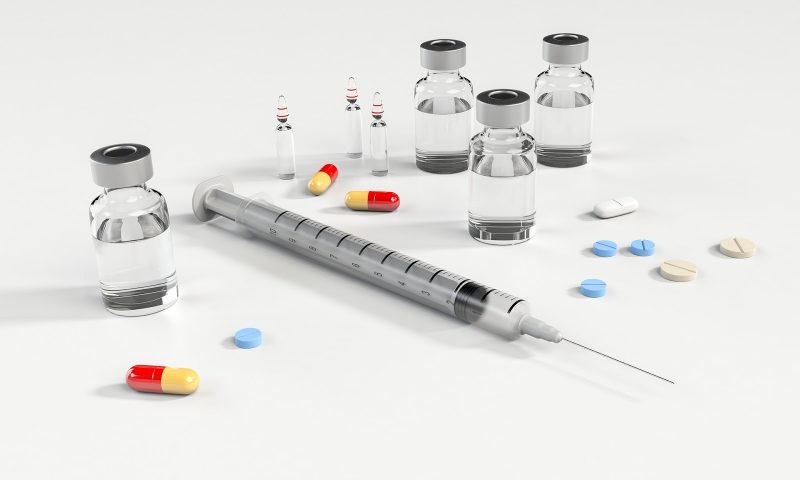
According to the spectrum of action, these drugs are divided into two large groups:
- narrowly targeted, coping with a limited number of pathogens;
- a wide spectrum of action, fighting different groups of pathogens.
In the case when the pathogen is known exactly, antibiotics of the first group can be used. If the infection is complex combined in nature, or the pathogen is not detected by laboratory means, drugs of the second group are used.
According to the principle of action, antibiotics can also be divided into two groups:
- bactericides - drugs that kill bacterial cells;
- bacteriostats - drugs that stop the growth of microorganisms, but are not able to kill them.
Bacteriostatics are safer for the body, therefore, with mild forms of infections, this group of antibiotics is preferred.They allow you to temporarily restrain the growth of bacteria and wait for their independent death. Severe infections are treated with bactericidal drugs.
Broad-spectrum list of next-generation antibiotics
The division of antibiotics into generations is heterogeneous. So, for example, cephalosporin preparations and fluoroquinolones are divided into 4 generations, macrolides and aminoglycosides are divided into 3:
| Drug group | Generations of drugs | Drug Names |
|---|---|---|
| Cephalosporins | I | "Cefazolin" Cephalexin |
| II | Cefuroxime Cefaclor | |
| III | Cefotaxime Cefixim | |
| IV | Cefepim "Cefpirom" | |
| Macrolides | I | Erythromycin |
| II | "Flurithromycin" Clarithromycin Roxithromycin Midecamycin | |
| III | "Azithromycin" | |
| Fluoroquinolones | I | Oxolinic acid |
| II | Ofloxacin | |
| III | Levofloxacin | |
| IV | Moxifloxacin Hemifloxacin Gatifloxacin | |
| Aminoglycosides | I | "Streptomycin" |
| II | Gentamicin | |
| III | Amikacin Netilmicin Framycetin |
Unlike older drugs, new-generation antibiotics affect the beneficial flora much less, are absorbed faster, and have a less toxic effect on the liver. They are able to quickly accumulate the active substance in the tissues, so that the frequency of receptions is reduced, and the gaps between them increase.
What drugs to take depending on the disease?
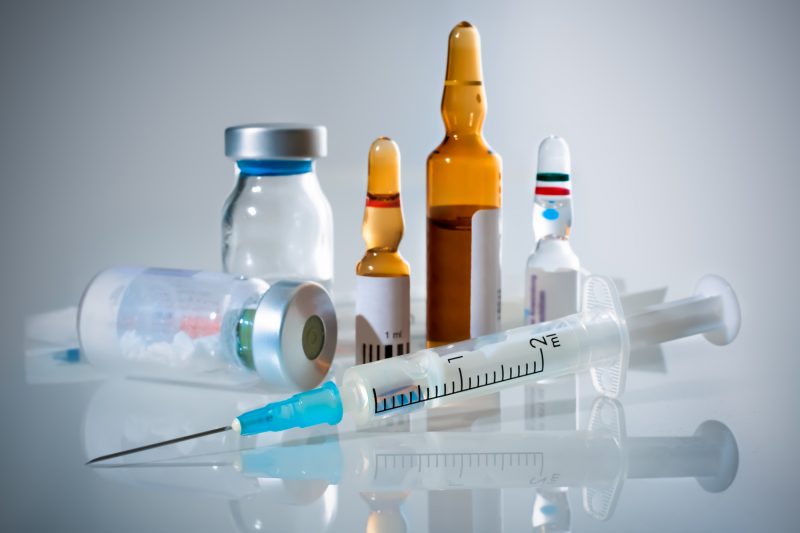
Often the same broad-spectrum drug is prescribed for different diseases. But this does not mean that you can do without a preliminary diagnosis. Only the correct diagnosis allows you to adequately choose an antibiotic.
Bronchitis treatment
Bronchitis is a common infectious and inflammatory disease that can lead to serious complications. The following drugs can be prescribed for the treatment of bronchitis:
| Drug name | Group and active substance | Contraindications | Dosage |
|---|---|---|---|
| Sumamed | The macrolide group, the active substance is Azithromycin. | • severe liver dysfunction; • age up to 6 months; • individual intolerance. | Adults and children over 12 years of age - 1 capsule or tablet of 500 mg per day. Children over 3 years old - 2 tablets 125 mg per day. Children under 3 years old - 2.5 to 5 ml of suspension per day. |
| Avelox | The group of fluoroquinolones, the active substance is Moxifloxacin. | • pregnancy and lactation; • age up to 18 years; • heart rhythm disturbances; • severe liver disease. | 1 tablet 400 mg per day |
| "Gatispan" | The group of fluoroquinolones, the active substance is Gatifloxacin. | • pregnancy and lactation; • age up to 18 years; •diabetes; • heart rhythm disturbances; • cramps. | 1 tablet 400 mg per day |
| "Flemoxin Solutab" | Penicillin group, the active substance is Amoxicillin. | • lymphocytic leukemia; • pathology of the gastrointestinal tract; • pregnancy and lactation; •Infectious mononucleosis. | Adults - 1 tablet 500 mg 2 times a day. Children over 10 years old - 2 tablets 250 mg 2 times a day. Children older than 3 years - 1 tablet 250 mg 3 times a day. Children under 3 years of age - 1 tablet 125 mg 3 times a day. |
Along with antibiotics, mucolytic and anti-inflammatory drugs are used in the treatment of bronchitis.
With pneumonia
In no case should pneumonia be treated independently at home. This disease requires mandatory placement in the hospital and serious therapy with intramuscular or intravenous antibiotics.
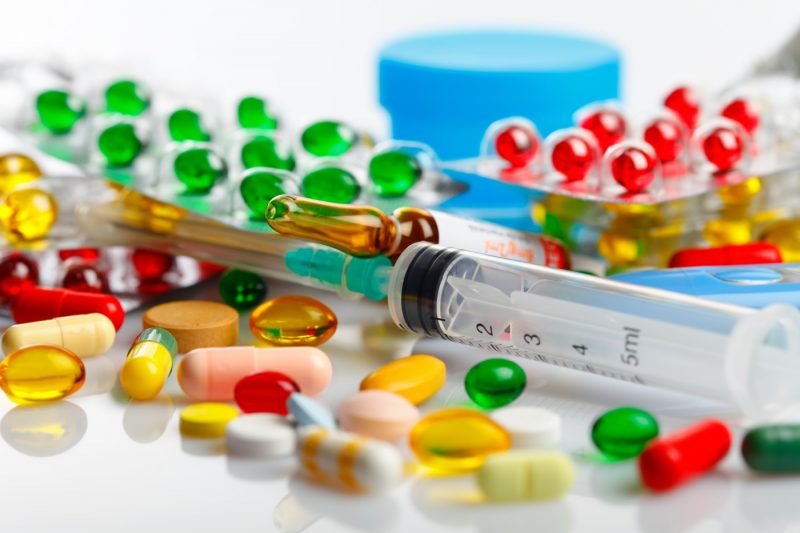
For the treatment of pneumonia in a hospital, the following injectable drugs can be used:
- "Ticarcillin";
- "Carbenicillin";
- “Cefepime”;
- "Meropenem."
In some cases, antibiotics are also prescribed in tablets. These may be drugs:
- Tigeron
- "Gatispan";
- "Sumamed";
- Avelox.
The dosage and frequency of doses in this case is determined individually, based on the patient's condition and therapeutic strategy.
Antibiotics for sinusitis
The decision on the appointment of antibiotics for the treatment of sinusitis is made by an ENT doctor.Therapy with these drugs is carried out without fail, if there is purulent discharge from the sinuses and intense headaches:
| Drug name | Group and active substance | Contraindications | Dosage |
|---|---|---|---|
| AzitRus | The macrolide group, the active substance is Azithromycin. | • severe liver dysfunction; • age up to 3 years; • individual intolerance. | Adults and children over 12 years of age - 1 capsule or tablet of 500 mg per day. Children over 3 years old - 10 mg per 1 kg of weight per day. |
| "Fact" | The group of fluoroquinolones, the active substance is hemifloxacin. | • pregnancy and lactation; • age up to 18 years; • heart rhythm disturbances; • severe liver disease. | 1 tablet 320 mg per day |
| Flemoklav Solyutab | Penicillin group, the active substance is Amoxicillin. | • lymphocytic leukemia; • pathology of the gastrointestinal tract; • pregnancy and lactation; • age up to 3 years; •Infectious mononucleosis. | Adults and children over 12 years of age - 1 tablet of 500 mg 3 times a day. Children under 12 years old - 25 mg per 1 kg of weight per day. |
Before prescribing antibiotics, an ENT doctor usually gives directions to bacterial culture and an antibioticogram to determine the type of pathogen and its sensitivity to a particular active substance.
With angina
Acute tonsillitis, an inflammation of the tonsils caused by viruses or bacteria, is commonly called angina in everyday life. The bacterial form of angina is caused by streptococci or staphylococci, and this disease can only be treated with antibiotics:
| Drug name | Group and active substance | Contraindications | Dosage |
|---|---|---|---|
| Macropen | The macrolide group, the active substance is midecamycin. | • liver disease; • age up to 3 years; • individual intolerance. | Adults and children weighing more than 30 kg - 1 tablet 400 mg 3 times a day. |
| Rulid | Macrolide group, the active substance is Roxithromycin. | • age up to 2 months; • individual intolerance; • pregnancy and lactation. | Adults and children weighing over 40 kg - 2 tablets of 150 mg 1-2 times a day. In other cases, the dosage is calculated individually. |
| "Flemoxin Solutab" | Penicillin group, the active substance is Amoxicillin. | • lymphocytic leukemia; • pathology of the gastrointestinal tract; • pregnancy and lactation; •Infectious mononucleosis. | Adults - 1 tablet 500 mg 2 times a day. Children over 10 years old - 2 tablets 250 mg 2 times a day. Children older than 3 years - 1 tablet 250 mg 3 times a day. Children under 3 years of age - 1 tablet 125 mg 3 times a day. |
It is important to understand that if acute tonsillitis is not of a bacterial, but of a viral nature, it is useless to treat it with antibiotics. Only a doctor can distinguish these two forms of the disease, therefore, without his consultation, taking any drugs is not worth it.
Colds and Flu
Respiratory infections, which are called colds in the home, as well as flu, are caused by viruses. Therefore, antibiotics are used in their treatment only in one case: if the disease is complicated and a bacterial infection joins the viral infection.
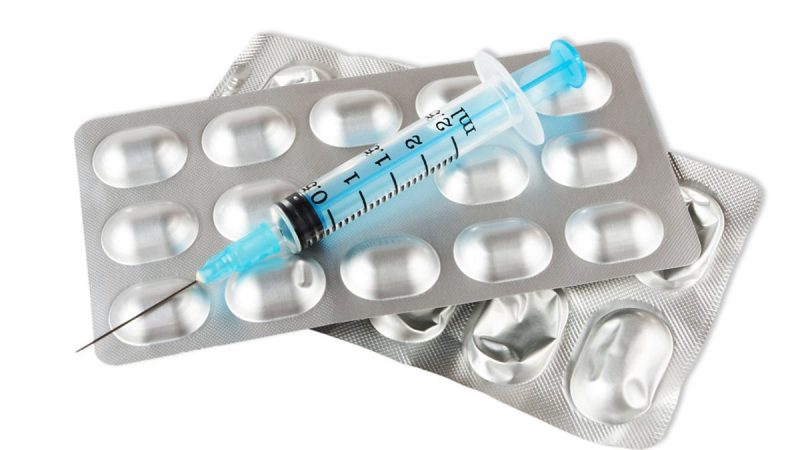
In such situations, therapy usually begins with penicillin-type antibiotics:
- "Flemoxin Solutab";
- "Flemoklav Solyutab".
If after 72 hours after the start of taking these drugs no improvement is observed, a new generation of macrolides is connected to the therapy:
- "Sumamed";
- "Rulid";
- "AzitRus".
The antibiotic regimen for treating respiratory infections is standard, but medical monitoring is necessary in this case as well.
Genitourinary infections
Genitourinary infections can be caused by pathogens of different nature - viruses, fungi, bacteria, protozoa. Therefore, it makes sense to start treatment only after a thorough laboratory diagnosis and determination of the type of pathogen.
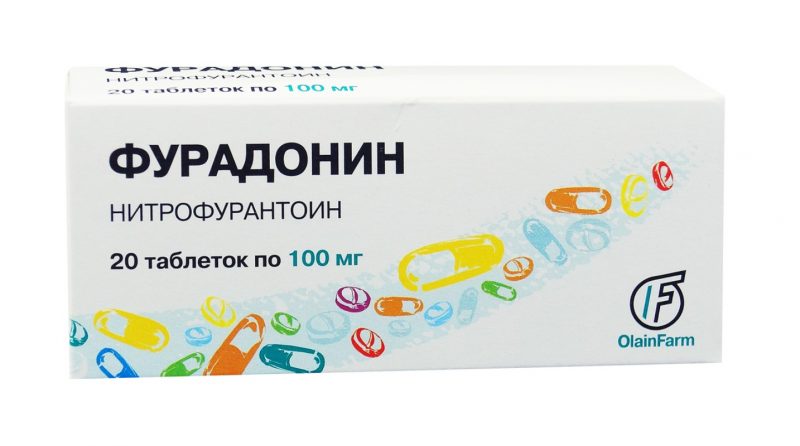
In mild cases, you can remove the infection from the urinary tract using the following drugs:
- "Furadonin" - 2 mg per 1 kg of weight 3 times a day;
- "Furazolidone" - 2 tablets of 0.05 g 4 times a day;
- "Palin" - 1 capsule 2 times a day.
In more complex situations, when pathogens have high resistance (resistance) to chemical influences, broad-spectrum antibiotics can be prescribed:
| Drug name | Group and active substance | Contraindications | Dosage |
|---|---|---|---|
| Abaktal | The group of fluoroquinolones, the active substance is Pefloxacin. | • pregnancy and lactation; • age up to 18 years; • hemolytic anemia; • individual intolerance. | 1 tablet 400 mg 1-2 times a day. |
| Monural | A derivative of phosphonic acid, the active substance is Fosfomycin. | • age up to 5 years; • individual intolerance; • severe renal failure. | A single dose - 3 g of powder should be dissolved in 50 g of water and taken on an empty stomach before bedtime. |
| Cefixim | The group of cephalosporins, the active substance is cefixime. | • individual intolerance. | Adults and children over 12 years of age - 1 tablet 400 mg 1 time per day. Children under 12 years old - 8 mg per 1 kg of weight 1 time per day. |
Along with antibiotics in the treatment of genitourinary infections, heavy drinking and diuretics are prescribed. In severe cases, injection of Amikacin is advisable.
Antifungal drugs
For the treatment of fungal infections, drugs with a fungistatic or fungicidal effect are used. They differ from the above drugs and stand out in a separate class, within which there are three groups:
| Antifungal Antibiotic Group | Drug Names | Action spectrum |
|---|---|---|
| Polyenes | "Nystatin" Levorin Amphotericin B | Effective in candidiasis, aspergillosis, diseases caused by Trichomonas. |
| Azoles | Ketoconazole Fluconazole Itraconazole | Active against fungi of the genus Candida and anaerobic fungi that cause genitourinary infections. |
| Allylamines | "Terbinafine" "Naftifin" | Effective for candidiasis of the skin, chromomycosis, onychomycosis. |
As in the treatment of bacterial infections, the treatment of fungal diseases requires accurate diagnosis of the pathogen and strict control of a specialist.
For eye disease
Antibiotics for treating eye diseases are available in the form of ointments or drops. They are prescribed if the ophthalmologist has diagnosed conjunctivitis, blepharitis, meibomite, keratitis and a number of other infections.
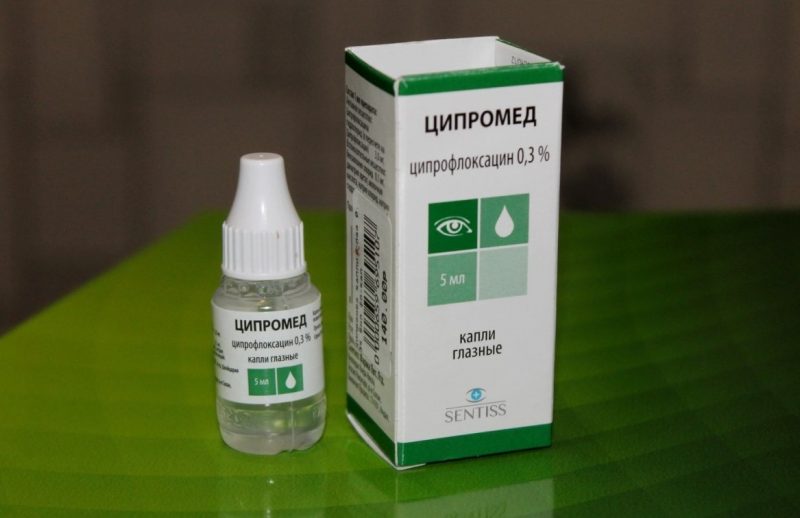
Most often, therapy is carried out using the following drugs:
- “Tsipromed” - drops containing ciprofloxacin;
- "Albucid" - drops with sulfacetamide;
- "Dilaterol" - drops on the basis of tobramycin;
- "Tobrex" - an analogue of "Dilaterol" in the form of an ointment;
- "Colbiocin" is a multicomponent ointment containing tetracycline, chloramphenicol and sodium colistimetate.
A specific drug is prescribed based on the diagnosis, the severity of the disease and the individual characteristics of the patient.
Inexpensive new-generation antibiotics
The cost of a new generation of antibiotics is never low, so you can save only by buying inexpensive analogues. They are produced on the basis of the same active substances, however, the degree of chemical purification of such preparations may be lower, and excipients for their production are taken the cheapest.
Some expensive antibiotics can be replaced based on the following table:
| Expensive drug | Inexpensive analogue | The average price of the analogue, rub. |
|---|---|---|
| Sumamed, AzitRus | "Azithromycin" | 130 |
| "Flemoxin Solutab", "Flemoklav Solutab" | Amoxicillin | 50 |
| Rulid | Roxithromycin | 120 |
Another way to save money is to buy older antibiotics, not the latest generation.
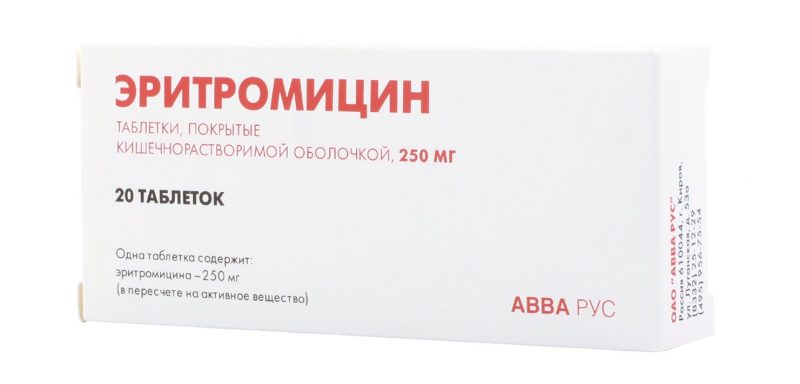
For example, in many cases, such proven antibacterial drugs can help out:
- "Erythromycin";
- Ceftriaxone;
- "Bicillin";
- "Cefazolin";
- Ampicillin.
If more than 72 hours have passed after the start of treatment with inexpensive antibiotics, and there is no improvement, it is urgent to consult a doctor and change the drug.
Can I use during pregnancy?
Antibiotics during pregnancy are prescribed by doctors only in emergency cases and after a thorough analysis of possible risks.
But in such situations, drugs of the following groups are not used:
- all fluoroquinolones;
- macrolides based on roxithromycin, clarithromycin, midecamycin;
- all aminoglycosides.
Only the attending physician can decide on the advisability of prescribing antibiotics during pregnancy. Self-administration of any drugs, even relatively safe and related to the new generation, is strictly prohibited.












